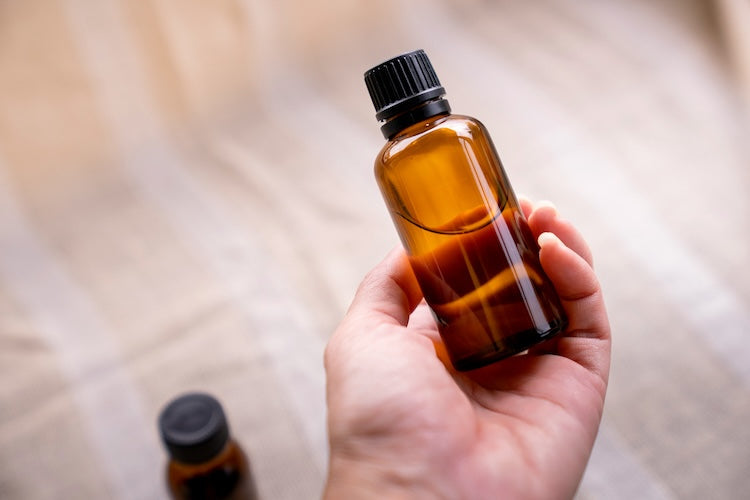When it comes to skincare ingredients that actually make a visible difference, lactic acid is a name worth knowing. It belongs to the alpha hydroxy acid (AHA) family, which are known for exfoliating and smoothing skin. What makes lactic acid stand out is that it’s one of the gentler options, making it a good choice if your skin tends to be sensitive¹.
Why Exfoliation Matters
Think of exfoliation as housekeeping for your skin. Over time, dead skin cells pile up on the surface, making your skin look dull and feel rough. Lactic acid works by loosening the “glue” (proteins called desmosomes) that hold those dead cells together². Once that glue dissolves, the old cells shed more easily and fresher skin comes forward³.
Unlike rough scrubs that can cause tiny tears in the skin, lactic acid does the job chemically and more evenly. That’s why many people find it smoother and more comfortable to use.
Gentle but Effective
Compared to glycolic acid, another popular AHA, lactic acid molecules are a little bigger. Because of that, they sink into skin more slowly, which makes them less likely to cause stinging or irritation⁴. That doesn’t mean everyone will tolerate it perfectly, but it’s often a friendlier starting point if you’ve had trouble with other acids.
Hydration Benefits Too
Lactic acid doesn’t just exfoliate. Research shows it can help boost the production of ceramides, which are lipids that keep the skin barrier strong and lock in moisture⁵. In other words, lactic acid can smooth and hydrate at the same time. A strong barrier also means your skin is better at keeping irritants out and holding on to water⁶.
Brightening and Evening Out Tone
By removing built-up dead cells, lactic acid naturally brightens the complexion. This makes it helpful for people dealing with uneven tone, dullness, or mild hyperpigmentation. Clinical studies on chemical peels show lactic acid can improve melasma and pigmentation, though glycolic acid is sometimes more potent⁷.
How to Use It
If you’re new to lactic acid, start slow. Try it a couple of times a week and see how your skin reacts. Products come in different strengths, so a lower percentage (around 5–10%) is a safe way to begin. Some people can eventually use it daily, but everyone’s tolerance is different. Always listen to your skin.
One important step: AHAs like lactic acid can make your skin more sensitive to the sun. That means daily sunscreen is a must if you want to protect your results and avoid damage⁸.
The Bottom Line
Lactic acid is a gentle but powerful skincare ingredient. It helps sweep away dull skin, improves texture, supports hydration, and even brightens. With consistent use and proper sun protection, it can leave your skin looking smoother, fresher, and more radiant.
Sources
-
Karwal K, Mukovozov I. Topical AHA in Dermatology: Formulations, Mechanisms of Action, Efficacy, and Future Perspectives. Cosmetics. 2023.
-
Jacobi A, et al. Keratolytics and Emollients and Their Role in Therapy. Dermatol Ther. 2015.
-
Harding CR. Dry skin, moisturization and corneodesmolysis. Int J Cosmet Sci. 2000.
-
PubChem Compound Summary for Glycolic Acid and Lactic Acid.
-
Rawlings AV, et al. Effect of lactic acid isomers on keratinocyte ceramide biosynthesis. Arch Dermatol Res. 1996.
-
Proksch E, Brandner JM, Jensen JM. The skin: an indispensable barrier. Exp Dermatol. 2008.
-
Sharquie KE, et al. Lactic acid as a therapeutic peeling agent in melasma. Dermatol Surg. 2005.
-
U.S. Food & Drug Administration. Alpha Hydroxy Acids (AHAs): Safety Information.
